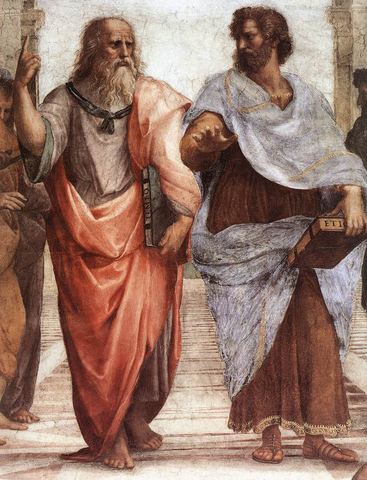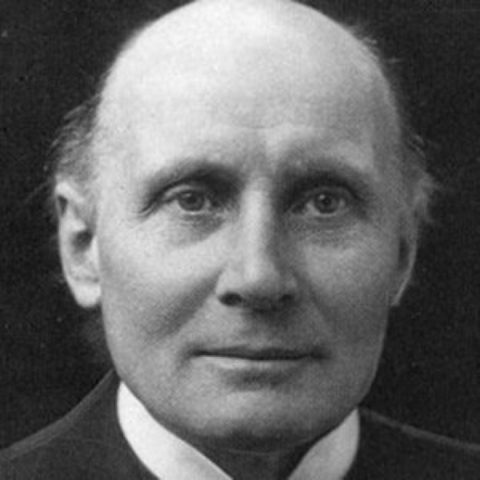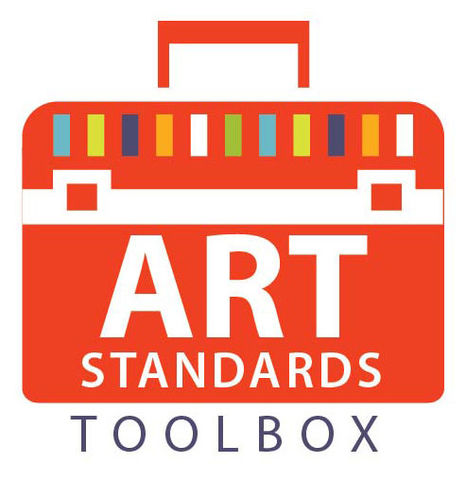Teaching Visual Culture Curriculum Aesthetics and the Social Life of Art
-
380 BCE
Plato Writes The Repulblic
Plato discusses theories on the visual arts which will influence philosophies on art for centuries to come. Plato esteems the arts, only painting least of these. While sculptors and painters are highly trained and greatly appreciated in Greek civilization the artists themselves are seen simply as skilled workers, not educated men. The educational activity for their skill is considered a trade non academia.
-
335 BCE
Aristotle Writes Poetics
Aristotle refers to arts (mainly equally music and poetry), concerned with the emotions provoked by the arts. Future philosophers will link to this idea of fine art provoking emotion being of significance.
-
Period: 500 to Jul 1, 1500
Center Ages
-
Period: January 1, 1300 to
Renaissance
-
Pilgrims Get in in the Americas
The pilgrims begin to create colonies in the new land not yet the United States of America. Before long to follow the start public schools are established.
-
Boston Latin School
First Public School formed in America, which does non include any course of art or visual educational activity.
-
Academie Royale founded by Louis XIV
The Academie Royale was intended to advance the land, and was an institution in which artists were taught and practiced skills of painting and sculpture
-
Ben Franklin Advocates for the Arts in Public Schools
In a proposal for public schools in Philadelphia " The Constitutions for Public Academy" Benjamin Franklin advocates for the use of the visual arts - particularly cartoon in public schools.
-
Period: to
Liberty in Fine art Curriculum
No National Standards for Art Education
-
Drawing Get-go Implemented in a U.Southward.
Fort Hill Schoolhouse becomes the offset to implement drawing as a part of the regular curriculum., which is the first official move towards art education in America.
-
Catamenia: to
Cartoon Became office of Curriculum in American schools
During this time period Art teaching particularly drawing was becoming more prevalent in schools in the U.S.
-
Flow: to
Industrial Drawing Adept in Public Schools
Industrial drawing techniques brought from England & Germany were implemented and taught in curriculum in public schools of the The states.
-
Menses: to
Study of Art to Teach Morals
Students learned moral values from the report of pictures in art education
-
"Art" Written By Clive Bell
Bell writes that art cannot be considered fine art until the viewer has an emotional response to it, making the viewer a vital part of the fine art procedure. This theory influences art educators of the 20th century in which expressive art was valued in art education at both the elementary and secondary levels.
-
George Edward Moore Influences Art Through Philosophy
Pioneered the idea that the viewer is central to the art procedure. Art educators brainstorm to retrieve about what experience the viewer brings to the interpretation of a work of fine art.
-
Flow: to
Therapeutic Fine art Practiced
Subsequently the first World State of war self expressive and therapeudic art has been a part of post war art education.
-
Whitford Writes a Brief History in American Education
In this Article he discusses some of the early challenges art educational activity as faced swinging from a highly technical drawing in the 1800's to free art textile experimentation of Art for Art'south Sake. This concept is still something we battle in contemporary arts today, skill vs concept, meaning, or cocky growth/expression.
-
Alfred Whitehead Presents Philosophy on Art
Whitehead states that art only has meaning over time and in relation to other objects. Educators are able to compare the context of fine art in its own time and current time periods.
-
Period: to
Arts of Every Day Practiced
During and after the great depression "every day" arts were appreciated.
-
Period: to
Subject area Based Fine art Education existence Conceptualized
Scholars are working towards creating more than structure in the curriculum for art education teachers
-
Period: to
Dicipline Based Art Education existence put into practise
DBAE becoming popularized among art educators
-
Menstruation: to
Neo- DBAE Arrives & Multiculturalism on the rise
Due to a response to post-modernism. DBAE curriculum calls ofr a more various strategy.. Multiculturalism good in art education.
-
The Getty Foundation Published Literature on DBAE
A booklet of education for Field of study Based Art Instruction is published, and is the commencement of DBAE implementation the the public schools.
-
National Art Teaching Standards Implemented
Voluntary National Art Education Standards are implemented, changing the way teachers think about lesson and curriculum planning.
-
Menstruation: to
Visual Civilization Art Education Movement
Visual Culture Art Didactics Movement is studied and presented to art educators in response to the post modern art order that we are a part of.
-
Period: to
Fine art Education Reveals new trends & Concerns in the Field of art didactics
Looking at journal articles from this time period reveals a nifty myriad of topics to exist considered for the gimmicky and future of art education.
-
Freedman Writes Teaching Visual Civilisation: Curriculum Aesthetics & The Social Life of Fine art.
Visual Cultures is a concept being more heavily discussed in the art teaching field as a response to postmodern art and culture. Visual culture and visual literacy are are no longer a question of influence but a certainty of art educators in 2017.
-
Perspectives on Art Education: Conversations Across Cultures Published
A book of contemporary issues in art education is published, sharing writings from a drove of professionals who have an interest in the field of fine art education. Problems from STEAM to community based art didactics and much more are presented in this publication.
Source: https://www.timetoast.com/timelines/history-of-art-education-dd87e122-c42c-4d4e-909e-d4c626698dc9















0 Response to "Teaching Visual Culture Curriculum Aesthetics and the Social Life of Art"
Post a Comment